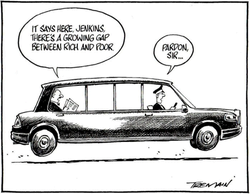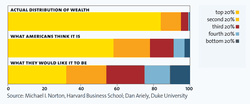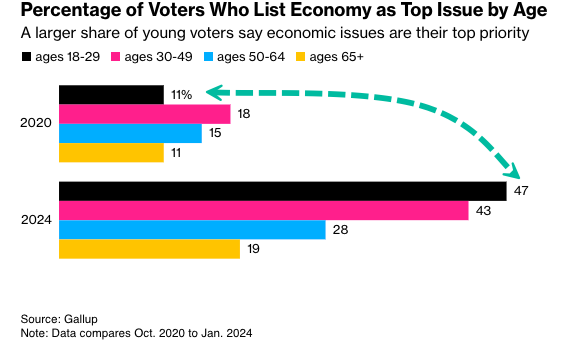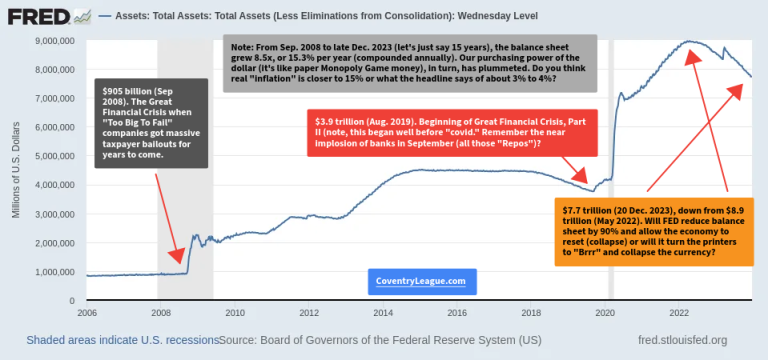Below is one illustration from Mother Jones. It reveals people’s perception about inequality and social stratification in the U.S. (click image to enlarge). The data are attributable to professor Michael Norton of Harvard Business School and behavioral economist Dan Ariely of Duke University.
As some might realize from the illustrations, there is a winner-take-all arena in which citizens and companies compete, with notable legal and political protections available for the winners. To wit, companies considered too-big-to-fail and citizens in the top 1% got bigger and wealthier, respectively, since the beginning of the 2007 recession.
Notwithstanding, we are not attempting to address the factors exacerbating the economic inequality and malaise; rather, we are deferring to the opinion of the Federal Reserve Bank of Kansas City President Thomas Hoenig who stated the following:
“I am convinced that the existence of too-big-to-fail financial institutions poses the greatest risk to the U.S. economy. They must be broken up. We must not allow organizations operating under the safety net to pursue high-risk activities and we cannot let large organizations put our financial system at risk.”
And, if these references are not enough, then here are two more sources:
- The Economist: Winners Take All (14 Feb. 2011). It includes an interactive chart.
- Zero Hedge: A Detailed Look At The Stratified U.S. Consumer (15 Aug. 2009). It includes extensive charts and sources.
So, if we can form any lessons from the recent riots and revolutions in the past year in Greece and currently in the Middle East, one should be that social stratification and inequality can only last so long until there is a backlash from the masses to restore balance.
Or, as they say In mathematics: reversion to the mean.




Rolling Stone: Why Isn’t Wall Street in Jail? Matt Taibbi February 16, 2011
Another statistic to assess attractiveness of a nation is comparing the incomes and wealth of the bottom 20% of population.
Also, assess the value of the products/services provided in exchange for money/taxes.
Simply comparing amount of taxes paid (or rate) is not relevant.